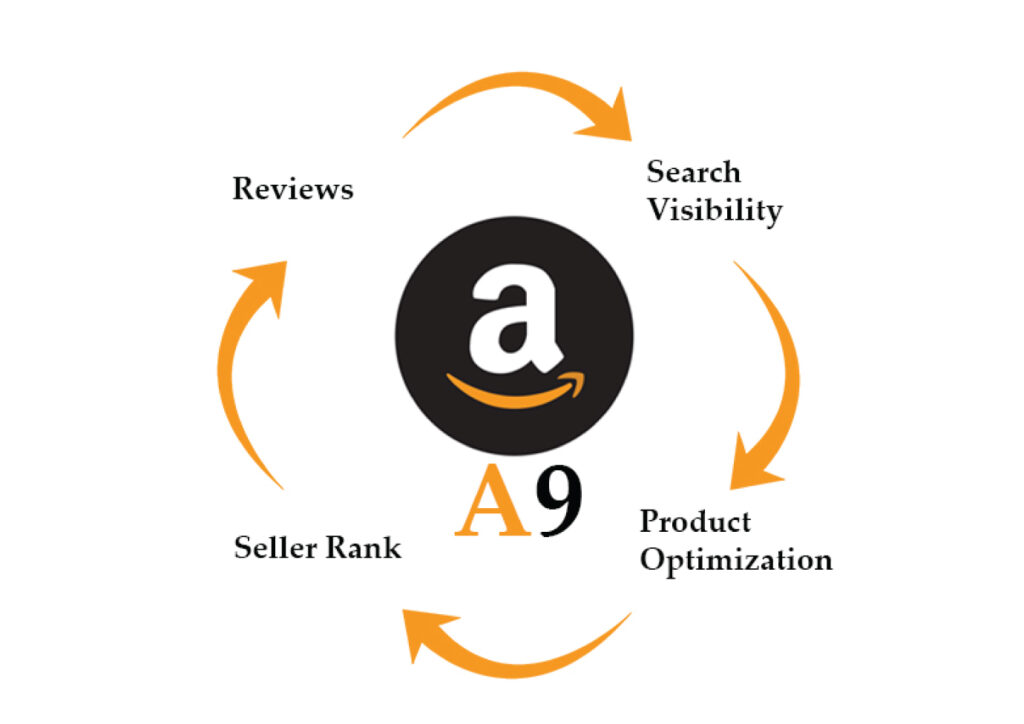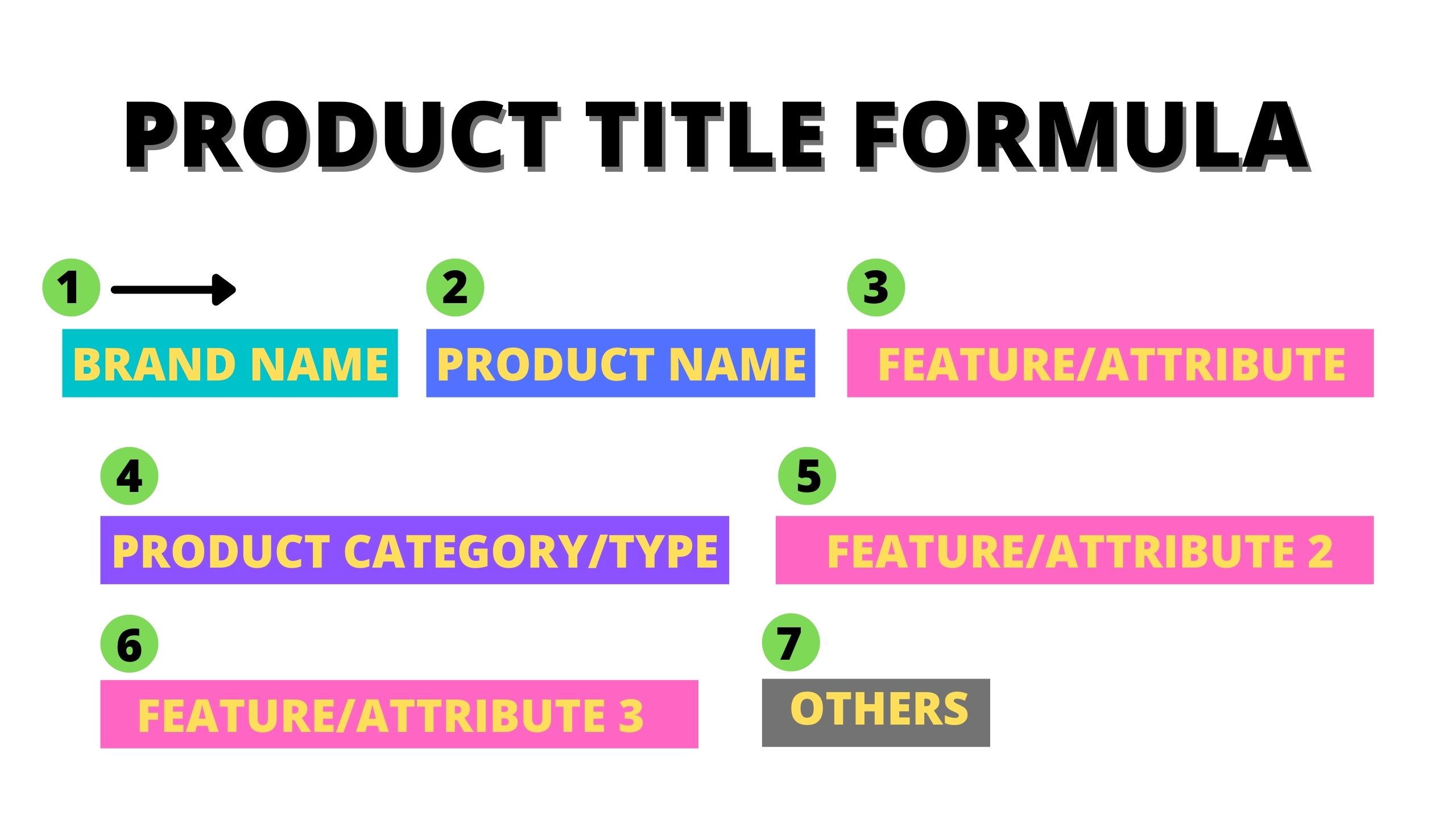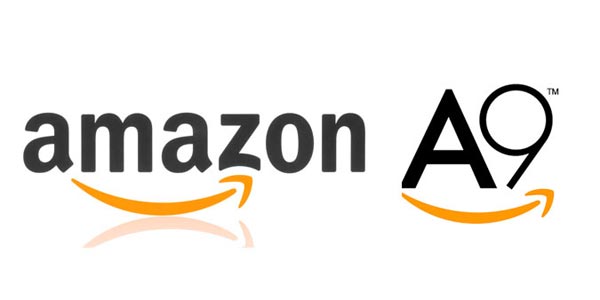
Understanding Amazon’s A9 Algorithm
“When we strive to become better than we are, everything around us becomes better too.” —Paulo Coelho
To successfully introduce a product on Amazon, it's crucial to grasp the intricacies of Amazon SEO, with a particular focus on the A9 Algorithm. Although Amazon doesn’t disclose the precise workings of its algorithm, it's clear that the primary goal is to present products to users who are likely to make a purchase.
The A9 Algorithm is designed to prioritize products that are highly relevant to user searches and that have a high conversion rate. If your product doesn’t align well with search queries or fails to convert effectively, the A9 Algorithm is less likely to rank it prominently in search results.
In this article, we will delve into the Amazon A9 Algorithm, exploring its key components, the factors it considers, and strategies to improve your product's ranking on Amazon.
Understanding Amazon’s A9 Algorithm

Amazon’s A9 Algorithm is the driving force behind the search functionality on the platform, determining which products appear in search results and their respective rankings. Much like other search engines, A9 evaluates search queries based on relevant keywords. However, it incorporates additional factors to refine the results.
How the A9 Algorithm Works

Amazon’s primary goal is to facilitate sales, so the A9 Algorithm is designed to prioritize products that are more likely to convert into sales. It assesses a combination of factors to determine which listings are displayed prominently in search results.
Here’s a closer look at how the algorithm operates:
Keyword Relevance

Like other search engines, the A9 Algorithm evaluates how well a product listing matches the search keywords entered by a shopper. Keywords in the title, bullet points, and description help determine relevance. However, simply including keywords isn't enough.Sales Performance

The algorithm places significant emphasis on sales performance. Products that convert well—meaning they lead to completed sales after a search—is favored in rankings. High sales volumes and conversion rates signal to Amazon that the product is popular and likely to meet customer needs.Customer Experience

Factors such as customer reviews, ratings, and overall satisfaction also influence rankings. A product with high ratings and positive reviews is more likely to be ranked higher because it reflects a better customer experience.
Sales Velocity

The speed at which a product sells can impact its ranking. Products that consistently sell quickly are perceived as more desirable and relevant, thus receiving higher visibility.
Product Listing Quality
Listings with high-quality images, detailed descriptions, and well-crafted content can perform better. Amazon favors listings that offer a comprehensive and engaging presentation of the product.
Why Understanding A9 is Crucial
Understanding how the A9 Algorithm works is essential for optimizing your Amazon listings and improving your product’s visibility. By focusing on factors that drive high conversion rates, such as keyword optimization, sales performance, and customer satisfaction, you can enhance your ranking on Amazon and increase your chances of making sales.
Key Factors Amazon’s Algorithm Considers

Amazon’s A9 Algorithm evaluates several key factors to determine which products rank well in search results. Although the algorithm is continuously evolving, certain elements are crucial in influencing your product's visibility and ranking.
To enhance your conversion rate, focus on optimizing your listing with high-quality images, engaging titles, informative bullet points and descriptions, and competitive pricing. Additionally, increasing your review count can build trust and encourage more sales. In Seller Central, you can monitor your product’s conversion rate by navigating to the “Reports” tab, selecting “Business reports,” and viewing the “Detail Page Sales and Traffic By Child Item” section, where “Unit Session Percentage” represents your conversion rate.
How to Optimize Your Amazon Listings
To boost your Amazon sales and enhance your keyword rankings, effective SEO optimization of your product listings is crucial. A well-optimized listing can significantly impact your relevance, sales velocity, and conversion rates. Here’s how to improve key components of your Amazon listings:
1. Product Title

Your product title should be clear, concise, and rich with relevant keywords. It’s one of the first things customers see and plays a critical role in search rankings. Make sure your title includes essential details like brand, product type, and key features.
2. Images

High-quality images are essential for attracting customers and driving conversions. Use multiple images to showcase your product from different angles and in various contexts. Ensure that images are clear, well-lit, and high-resolution to provide a true representation of the product.
3. Bullet Points

Bullet points should highlight the key features and benefits of your product. They should be easy to read and emphasize aspects that are most relevant to potential buyers. Use bullet points to convey important information quickly and effectively.
4. Description or A+ Content

The product description should provide a detailed overview of the product, including its uses, benefits, and any additional information that might persuade a customer to make a purchase. A+ Content (Enhanced Brand Content) allows for more in-depth descriptions and multimedia elements, enhancing your listing's appeal and informational value.
5. Reviews

Customer reviews and ratings are pivotal for building trust and credibility. Encourage satisfied customers to leave positive reviews, and respond to any negative feedback professionally. Reviews influence purchase decisions and can impact your product's ranking.
6. Price

Competitive pricing can make a significant difference in your sales performance. Regularly review your pricing strategy to ensure it aligns with market trends and remains attractive to potential buyers.
7. Inventory Availability

Maintaining adequate inventory levels is essential to avoid stockouts and lost sales. Ensure that your products are consistently available for purchase to prevent disruptions in your sales flow.
8. Backend Keywords

Backend keywords are hidden keywords that help Amazon understand the context of your product. Make sure to include relevant terms that potential customers might use in their searches but that don't fit naturally into your product title or description.
Optimize for Success

To achieve optimal results, all these components should be meticulously optimized. A well-rounded approach ensures that your listing is not only discoverable through relevant keywords but also compelling enough to convert visitors into buyers.
Is Your Listing Optimized for Amazon's A9 Algorithm?

Understanding the Amazon A9 Algorithm is crucial for enhancing your listing's visibility and performance. To effectively optimize your listing, it's essential to ensure that your keywords are highly relevant to both your product and the search queries of potential customers.
Want to improve your listing performance and understand the latest trends in Amazon’s ranking system?
Our team can help you navigate these changes effectively. Book a call with us to get personalized advice and strategies tailored to boost your Amazon sales.
How AMZ Shifu Can Help
Understanding and optimizing these factors can significantly impact your Amazon business success. At AMZ Shifu, we specialize in helping sellers navigate and leverage these elements effectively. We offer comprehensive support in keyword research, optimizing product listings, and developing strategies to improve sales velocity and conversion rates.
Want to optimize your Amazon listings and boost your sales?
Book a Call with us today!
Let us guide you through the intricacies of the A9 Algorithm to achieve better visibility and higher conversion rates for your products.
